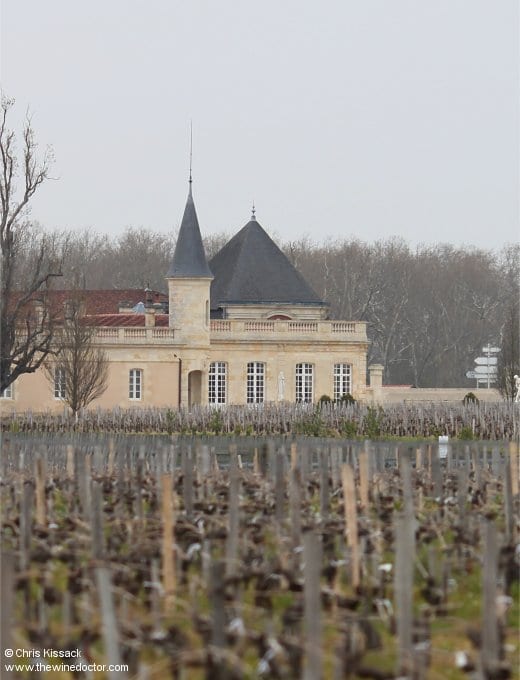Château Durfort-Vivens
The D2, which snakes its way through the famous appellations of the Médoc peninsula, has quite rightly been christened the Route des Châteaux. There are on this road many points at which a driver simply has to slow down, or even park up at the side of the road, in order to fully enjoy the spectacle of the roadside châteaux, with Château Cos d’Estournel, Château Lafite-Rothschild and Château Pichon-Baron, in St Estèphe and Pauillac, providing some of the most spectacular or unmissable views.
In Margaux we have another hotspot. While Château Margaux itself is set back from the road somewhat and requires a bit of a detour (and I would suggest an appointment too), others loom over the macadam. On the right-hand side of the road is Château Palmer, of course, while on the left-hand side there sits an elegantly understated château with a beautiful if rather diminutive round tower capped off by a tall, witch’s hat roof. This is the property of Philippe Porcheron, and today it goes by the name of Château Marojallia (pictured). Until this 1960s, however, the moment when château and vineyard were divided, this was better known as Château Durfort-Vivens.
This profile charts the history of Château Durfort-Vivens, from its very earliest appearance to the wines of today. We start seven centuries ago, when the land here was in the possession of suitably noble proprietors.

